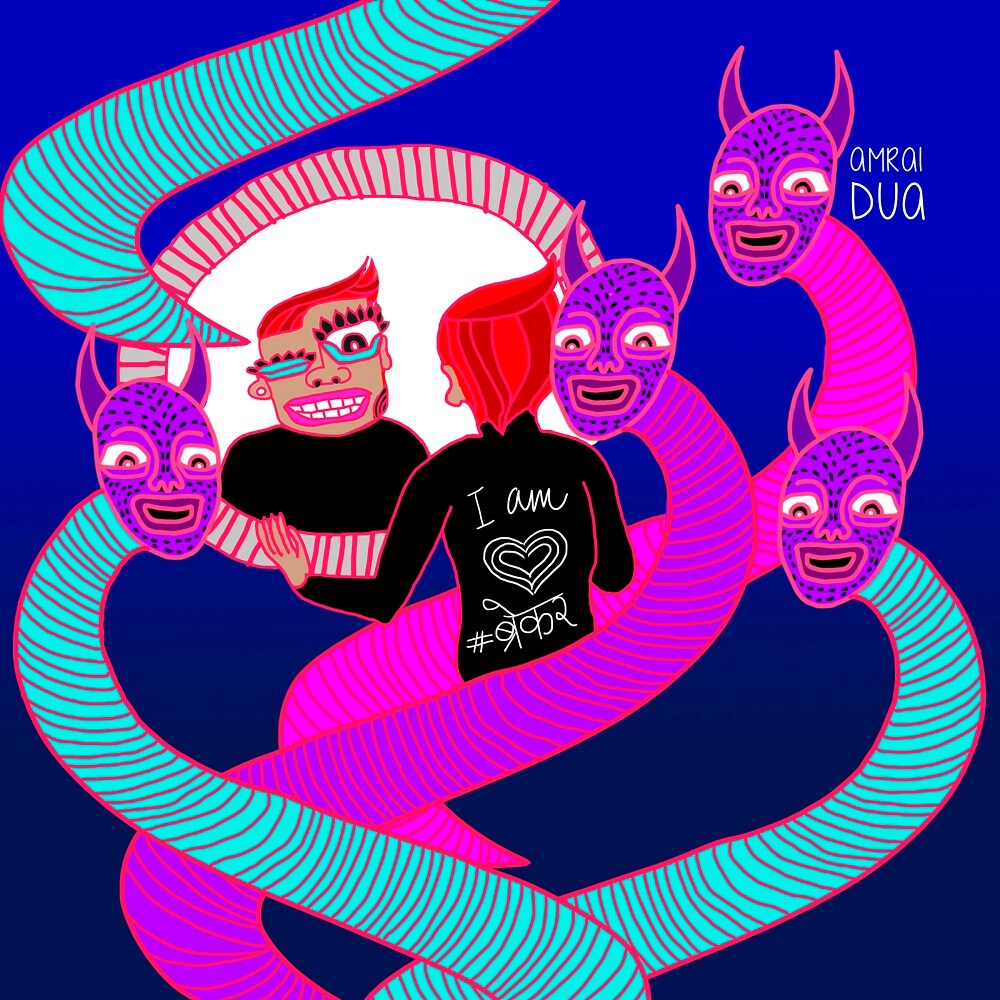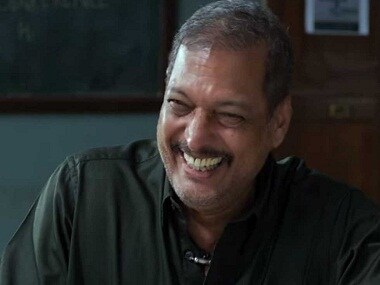A lot of the credit for putting Khajuraho on the itinerary of the globe trotting tourist goes to the aesthetically conceptualised Khajuraho Dance Festival. In the last 43 years (this was the 44th chapter), the festival showcased the best from the vast repertoire of various genres of Indian classical dance forms, in the open courtyards of the finely sculpted temples, built by the Chandela rulers in and after the 10th century. The purity of the dance performances makes the festival a must for art aficionados. Many dance forms on the verge of extinction have found a new lease of life here, making it every dancer’s dream to perform at Khajuraho.
As such, all classical dance forms have originated in temples. It was much later that they were brought to the stage. During this festival, the dancers reclaim their place of origin, and many of them stick to the devotional aspect of dance, to retain its purity.
This year, the biggest attraction was the conferring of the Kalidasa honour on four stalwarts of Indian classical dance—Raja and Radha Reddy for Kuchipudi, Lakshmi Vishwanathan for Bharatanatyam, Darshana Jhaveri for Manipuri and Guru Jitendra Ji Maharaja for Kathak. In the midst of a lineup composed of several performers who are not well-established in their respective art forms, the performances of these four masters added gravitas.
Raja and Radha Reddy, solely responsible for ensuring that Kuchipudi has a place on the cultural map of the world, did not fail to mesmerise through their balanced offering of tandava and lasya, the male and female aspects of dance, in their recital. Lakshmi Vishwanathan combines tradition and innovation without diluting the classical aspect of Bharatnatyam. She presented the essence of the Tanjavur tradition of dance form with grace, showcasing technical virtuosity, lyricism and abhinaya. Both dance recitals set the tone for the festival by maintaining the highest standards of performance, on the opening day.
The following day, Darshana Jhaveri, the youngest of the four Jhaveri sisters and a disciple of Guru Bipin Singh, captivated the audience with her troupe. She has kept up the popularity of the Manipuri dance through her Manipuri Nrityalaya in Mumbai, Kolkata and Imphal. Jhaveri presented the traditional aspects of Manipuri dance, imbibing graceful, rhythmic movements with femininity. Guru Jitendra Ji Maharaja could not perform due to old age, but the recital by his illustrious disciples Nalini and Kamalini remained the highlight of the festival. With their mastery over rhythmic patterns, abhinaya and pure nritta, both dancers displayed Kathak in its purest form. Their performance became all the more relevant because of an over saturation of Kathak recitals this year. The deterioration in quality became stark when contrasted with the artistry showcased by Nalini and Kamalini.
There were many shades of Kathak on the third day, from all the three gharanas. The following day, the Bharatanatyam recital by Anuradha Vikranth of the Drishti Art Centre, Bangalore, restored the high standard of the festival. However, the two Kathak recitals that followed weren't as promising. The Odissi recital by Kadambari Shivaya of Mumbai, followed by a Kuchipudi recital by Veena Vijay Murti and group will be long-remembered for their brilliance. Veena Vijay Murti presented Shiva’s tandava with her students; she is the only Bharatnatyam dancer who has used Tibetan chants in her dance performances. On the evening of 24 February, she presented a rare dance form from Andhra Pradesh, where the dancer paints the floor, like a canvas, while dancing. She painted a lion with her dance steps, earning a standing ovation from an ecstatic audience.
The decision to include a a Kathak recital by Palak Tiwari shocked art connoisseurs, who cited a lack of professionalism in the section process. The Odissi performance by Kavita Mohanty’s group 'Nratyabhinaya', however, helped the festival to save face. Her troupe performed the narrative of King Ashoka, the war of Kalinga and the edicts which talk about the need for peace. The concept and its presentation were complementary. Lead dancer Rakesh Saibabu mesmerised the audience with his routine, which included elements of the Chhau dance. This recital added an element of contemporaneity to a festival which is primarily based on the bhakti rasa.
One poor performance in a festival of such repute and scale may be forgiven by an art-loving audience, but several sub-standard performances are a cause for concern. Most senior officials associated with the festival pass the buck and put the blame on cost cutting. Till last year, classical dance practitioners from other countries were invited to showcase different approaches to a particular dance form; this year, there were none. Additionally, the absence of dance forms such as Mohiniattam and Kathakali was not appreciated by the regulars at the festival.
Manoj Shrivastava, Principal Secretary of Culture, Madhya Pradesh, says that the government appoints a jury, and it is up to the jury to decide who should be invited to perform. “Next year, we will ask the jury to be more egalitarian," he adds. The festival must be looked at in totality, he says, highlighting that new elements such as Nepathya were added. The jury must be held responsible for the overload of Kathak performances. A few sources who wish to be anonymous claim that no jury was appointed.
The talks on art were a feature that added sobriety to what was lacking in the main event—the classical dances—which the festival is known for. The art exhibition showcased some of the best, not only from India, but from other countries too, and this was also true of the selection of films shown during the festival, which were based on the lives and works of artists. There was enough for the shoppers too, to buy from the vast pool of Indian handicrafts.
But this didn't negate the nagging issue of poor performances. In fact, some of the attendees who were locals also walked out during a few performances. Noted art critic Sunil Kothari, who witnessed all the performances, says, “The stage where artistes like Birju Maharaj and Sitara Devi have performed — a venue of such heritage value — should be a platform for quality dancers. It becomes like an annual school function if the selection of dancers is poor.”
One hopes that this year’s mistakes in the selection process will not be repeated in the 45th chapter of the dance festival that Khajuraho has come to be known for.
Published Date: Feb 28, 2018 17:35 PM | Updated Date: Feb 28, 2018 17:45 PM



